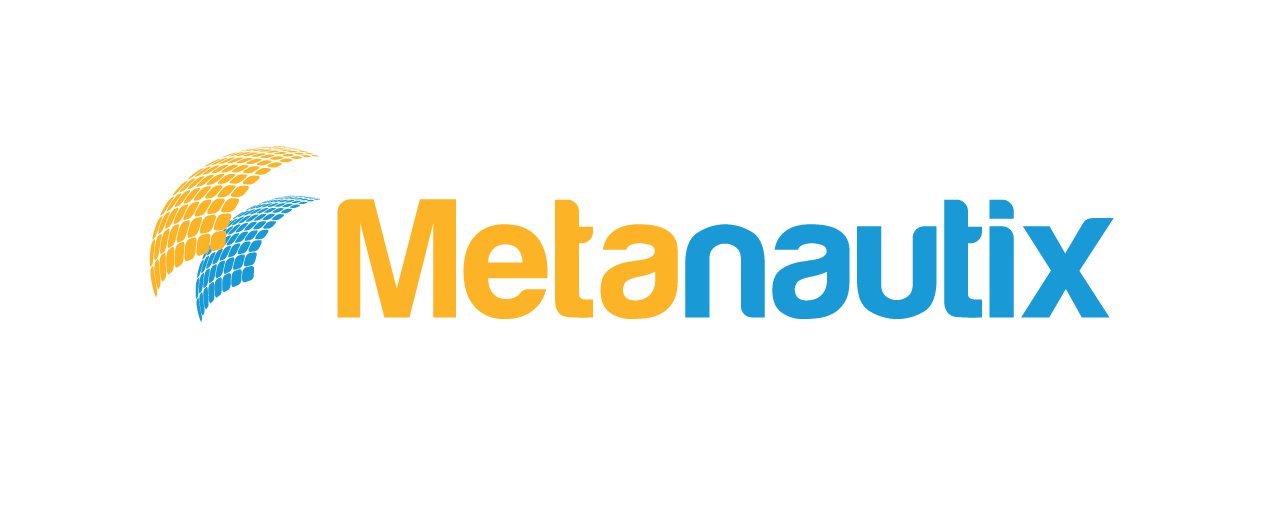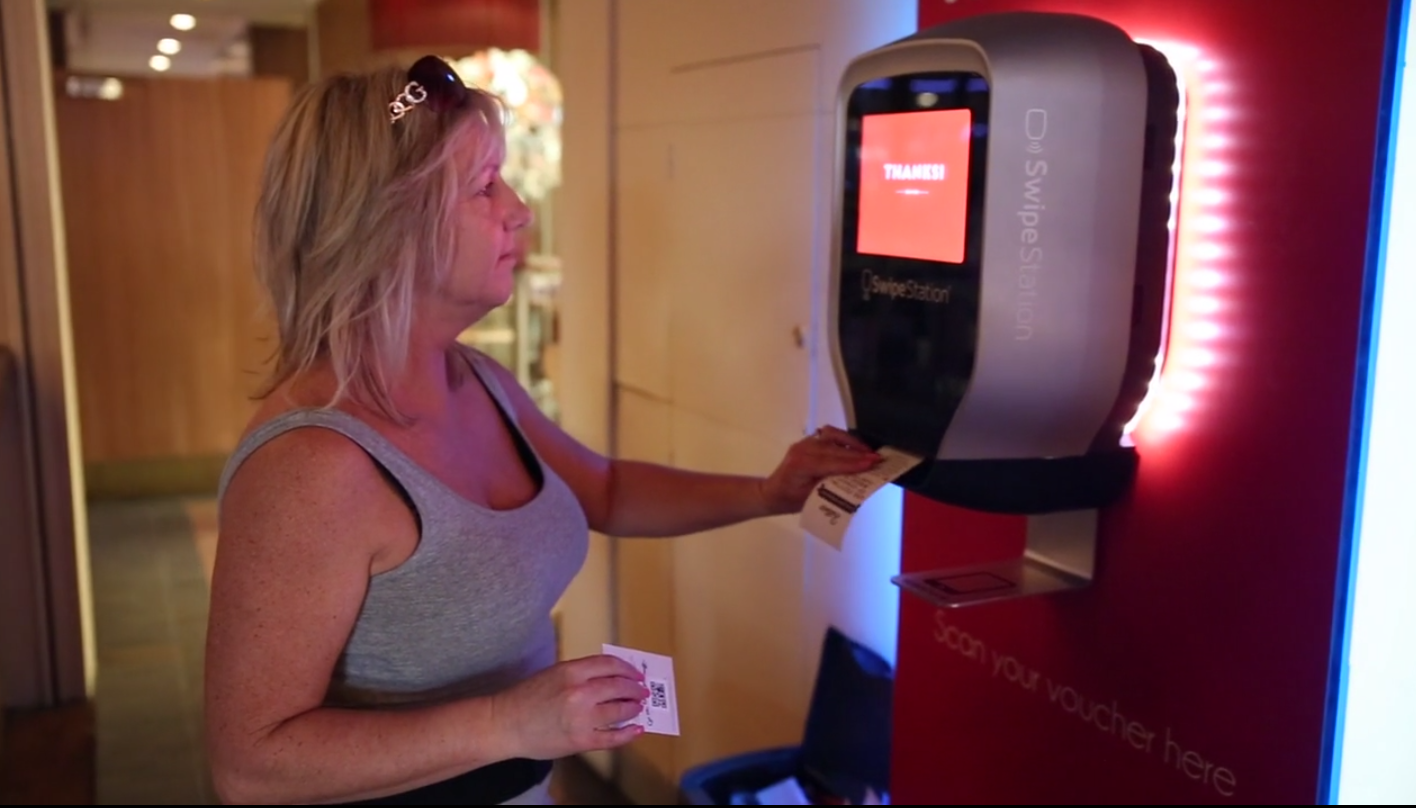 A Q&A with Metanautix co-founder and CEO Theo Vassilakis. The Palo Alto-based big data analytics startup launched out of stealth mode in early August and revealed that it has raised a total of $7 million in funding. Investors include Sequoia Capital, the Stanford Endowment and Shiva Shivakumar. It was founded in 2012 by Vassilakis and Toli Lerios.
A Q&A with Metanautix co-founder and CEO Theo Vassilakis. The Palo Alto-based big data analytics startup launched out of stealth mode in early August and revealed that it has raised a total of $7 million in funding. Investors include Sequoia Capital, the Stanford Endowment and Shiva Shivakumar. It was founded in 2012 by Vassilakis and Toli Lerios.
SUB: Please describe Metanautix and your primary innovation.
Vassilakis: Metanautix is about bridging data silos across the enterprise and making the end-to-end process of analysis radically easier and more productive, especially in the face of today’s unprecedented complexity and scale. It’s no longer about warehousing versus federation of data. We’re about solving business problems in a pragmatic way—sometimes data needs to be moved, sometimes it can’t be moved, and we support both of those ends of the spectrum flexibly.
To greatly simplify the data pipeline, we remove the need for extraneous tasks, like moving data and fitting it into a centralized system. We marry the high-level functionality and ease-of-use found in standard SQL with next-generation distributed computing, re-imagining SQL for the new world of big data. Using standard SQL makes understanding the analysis easier for everyone in the organization, and greatly simplifies compliance and privacy.
SUB: Who are your target markets and users?
Vassilakis: Our target is any modern enterprise that operates on a plethora of data sources. There is great value in using all of these data sources and in providing superior access to ask questions of any data.
SUB: Who do you consider to be your competition, and what differentiates Metanautix from the competition?
Vassilakis: There is a pipeline now with more specialized solutions that target, often effectively, parts of the data supply chain—Informatica and Teradata, for instance. Our goal, however, is to bridge the entire pipeline and work with the tools an enterprise already has.
SUB: You just announced that you’ve launched out of stealth with $7 million in funding. Why was this a particularly good time to raise funding?
Vassilakis: The Series A was actually raised in 2012. We waited to announce the news because we wanted to be sure that when we came out of the gate, we had a strong team and solution that’s deployed in production.
SUB: How do you plan to use the funds, and do you have plans to seek additional outside funding in the near future?
Vassilakis: My co-founder Apostolos Lerios and I have strong connections from our time at Stanford, Google, and Facebook, respectively. From the beginning, there were people we knew we had to get for the company. So with the help of the funds, we went out and got them.
In regards to additional funding; for now, we are excited to have the support of Sequoia, and look forward to officially launching the product. However, an additional round of funding might make sense in the future.
SUB: Why was this the right time to launch publicly?
Vassilakis: We have a strong team in place, and a strong solution with more than half-a-dozen enterprise customers, including HP. Shutterfly just announced they will be speaking with us at the upcoming Tableau Conference in Seattle. We knew we were in a great place to come out of stealth.
SUB: What was the inspiration behind the idea for Metanautix? Was there an ‘aha’ moment, or was the idea more gradual in developing?
Vassilakis: The idea really came from our experience inside cutting-edge companies like Google and Facebook. We saw that even those companies grappled with how to efficiently access, analyze and collaborate on all of their disparate data sources. While Google and Facebook are creating specialized solutions built for their specific environments, we realized there would be great value in a solution that every enterprise could employ.
We have worked with many different sections of the organization, like engineering, sales, HR, and finance, and found that they needed a core set of systems to access data.
Also, having led the team behind Dremel at Google, I saw how a solution that is easy-to-use can spread naturally through an organization and create a map of all the existing data sources.
SUB: What were the first steps you took in establishing the company?
Vassilakis: Some of the first steps we took were to identify the early core engineers we wanted to work with. Those were experienced people who understand enterprise software and who we have worked with in various capacities. These were folks that Toli and I had worked with in various capacities in the past.
The other element was to work with investors like Sequoia, where we have strong pre-existing ties. Working with people you know removes a class of risks and lets you focus on the core issues of the business.
SUB: How did you come up with the name? What is the story or meaning behind it?
Vassilakis: ‘Meta’ represents data, and ‘nautix’ refers to navigation. We’re helping enterprises navigate their data. Jim Adler, our VP products, helped come up with that as one of his early projects in the company. He felt strongly that we needed an aspirational name that would capture our longer-range ambitions.
SUB: What have the most significant challenges been so far to building the company?
Vassilakis: One of the biggest challenges in an early-stage company like Metanautix is to build quickly and deliberately while keeping in close touch with customers. We started working with customers as quickly as we could, and created an iteration model from the earliest days. It has helped ground our model in a direct feedback loop which gives us huge confidence. We are adapting our previous experience to real enterprise problems.
SUB: How do you generate revenue or plan to generate revenue?
Vassilakis: We follow an enterprise sales model, both subscription and pay-as-you-go.
SUB: What are your goals for Metanautix over the next year or so?
Vassilakis: We are looking forward to launching our product and helping a great deal more companies more easily and effectively navigate their data.











